Biography of KH. Ahmad Mustofa Bisri (Gus Mus)

List of contents
1 Life and Family History
1.1 Born
1.2 Family History
2 Sanad of His Knowledge and Education
2.1 Gaining Knowledge to Cairo
2.2 His Masters
2.3 Becoming a Caretaker of Pesantren
UNTUK DAPAT MEMBACA ARTIKEL INI SILAKAN LOGIN TERLEBIH DULU. KLIK LOGIN
Masuk dengan GoogleDan dapatkan fitur-fitur menarik lainnya.
Support kami dengan berbelanja di sini:
.png)

 Rp319.000
Rp319.000
 Rp599.000
Rp599.000
 Rp57.500
Rp57.500
 Rp425.000
Rp425.000


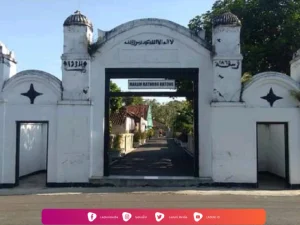

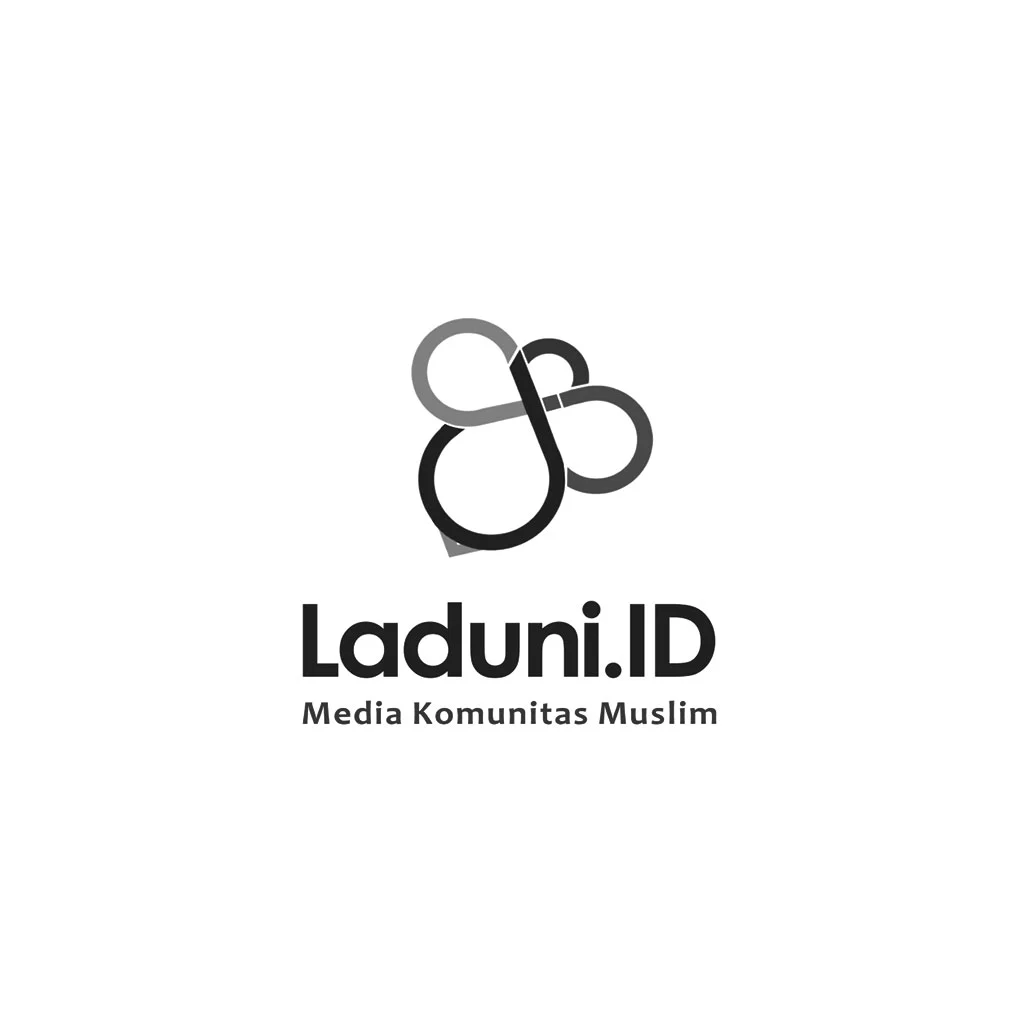.jpg?p=small)
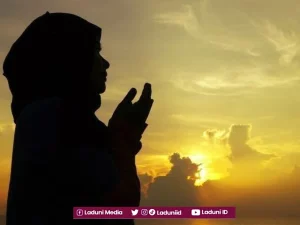
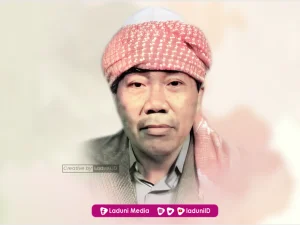
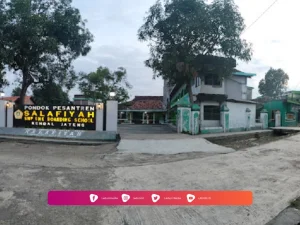
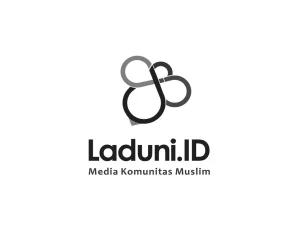
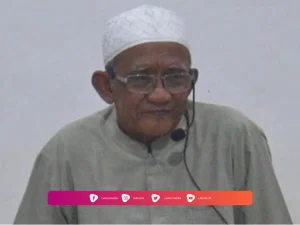
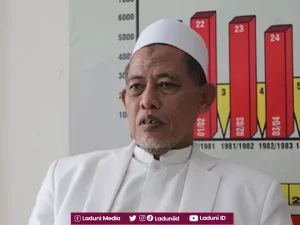
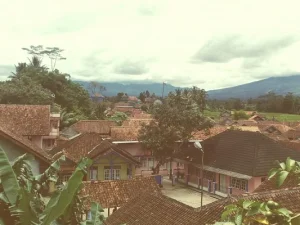
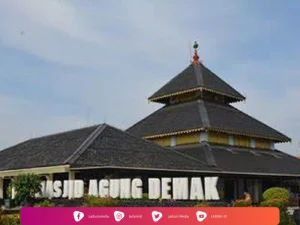

Memuat Komentar ...